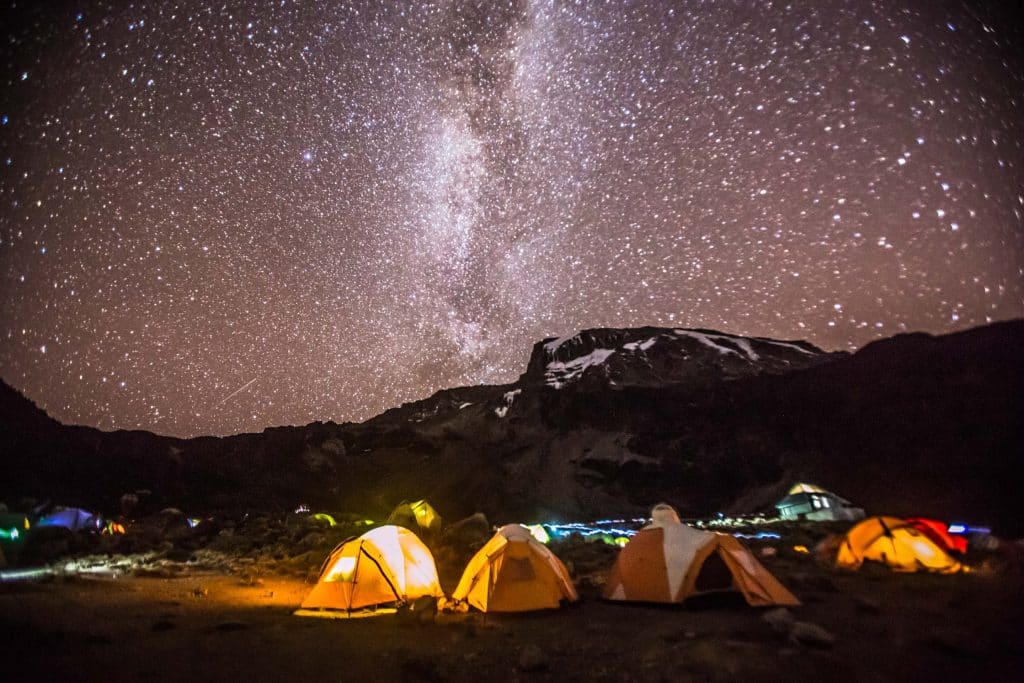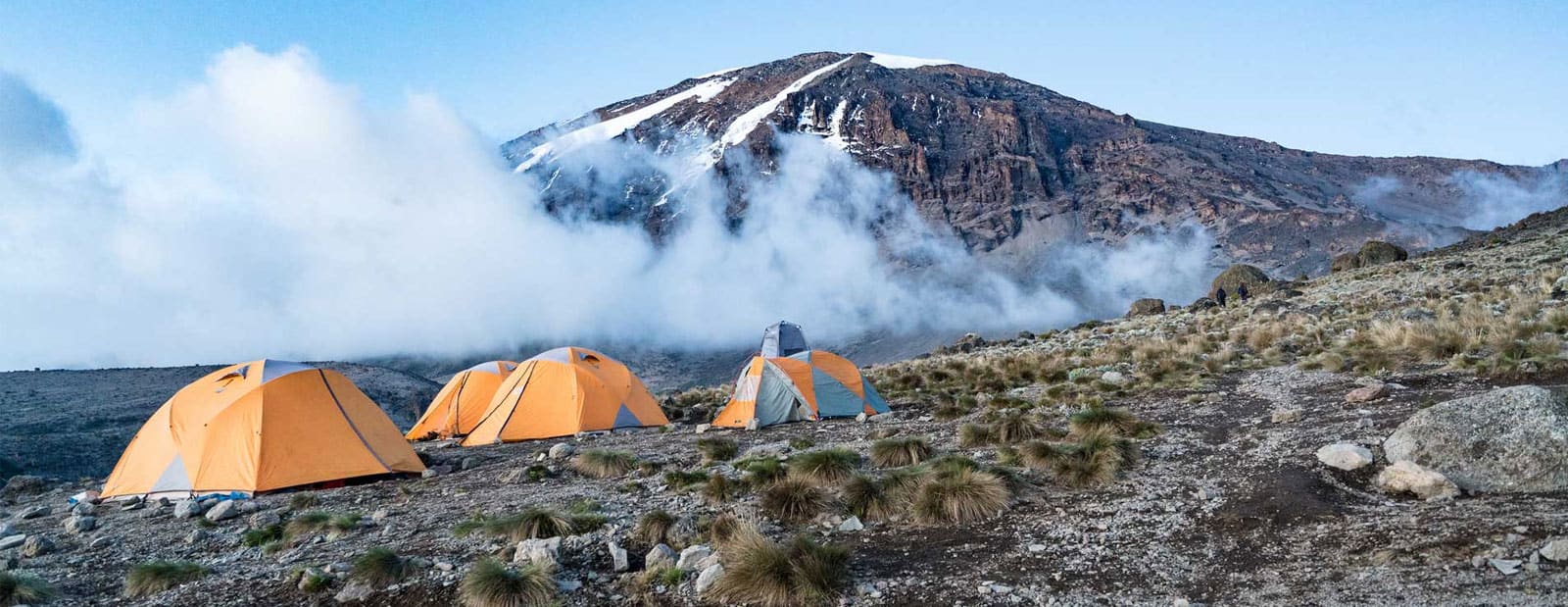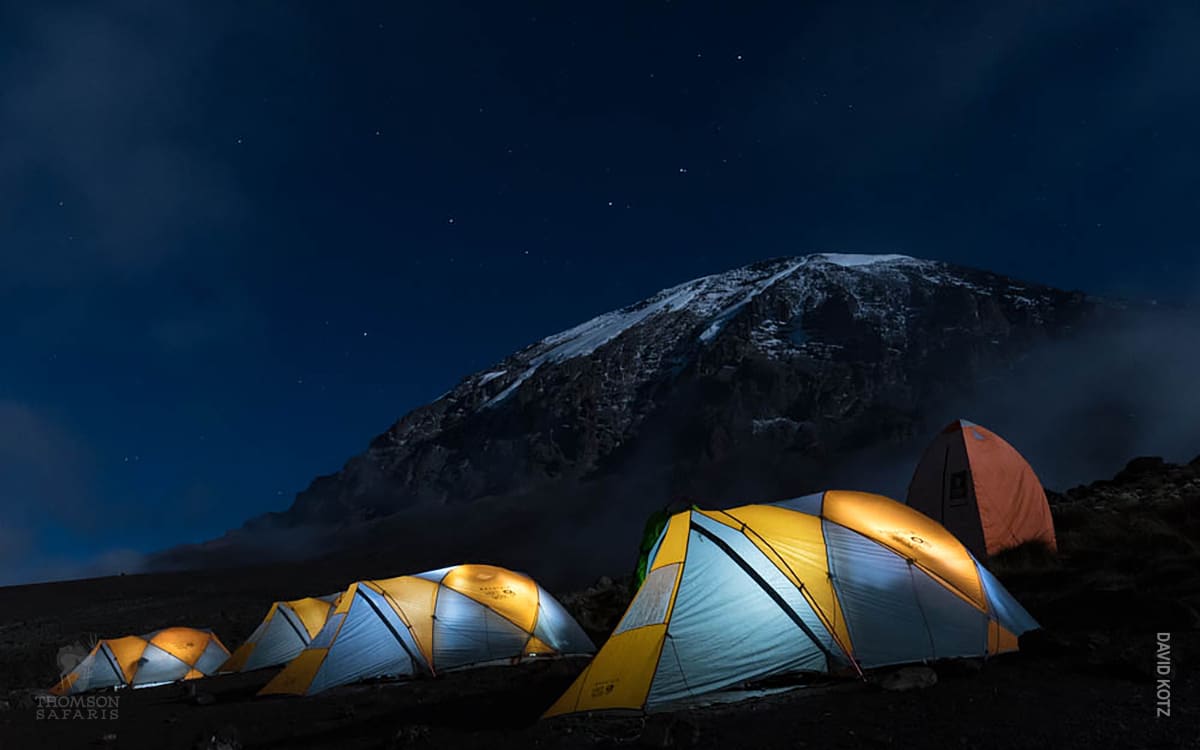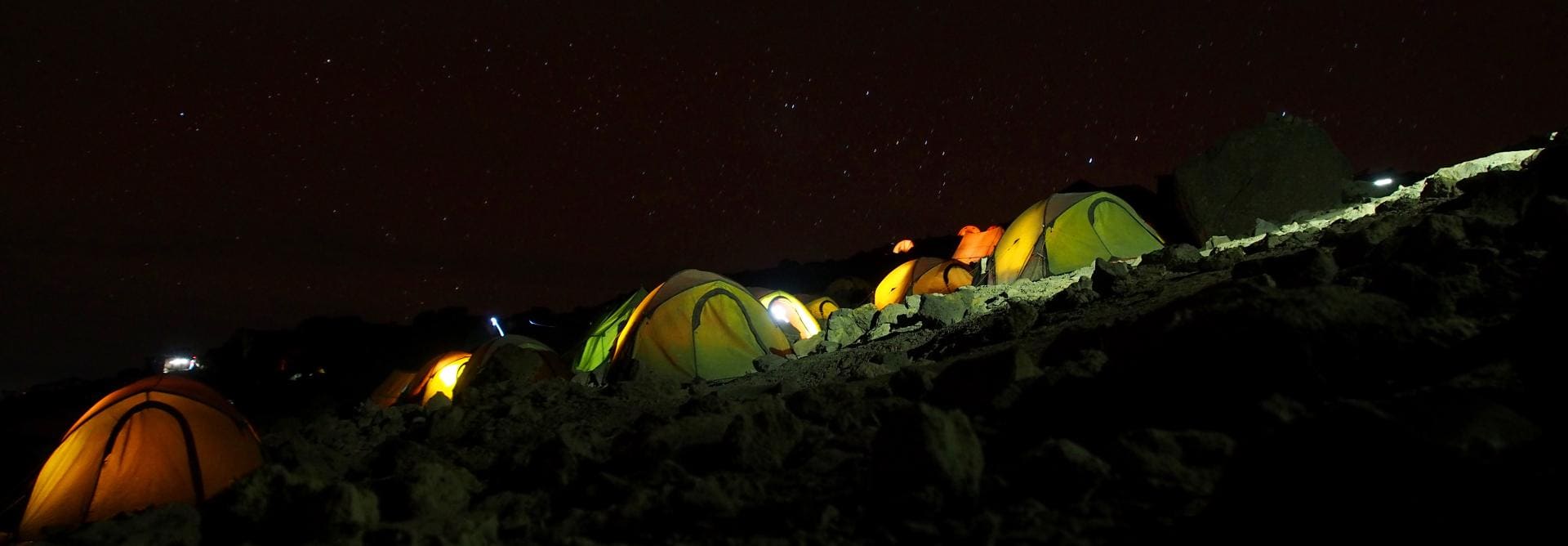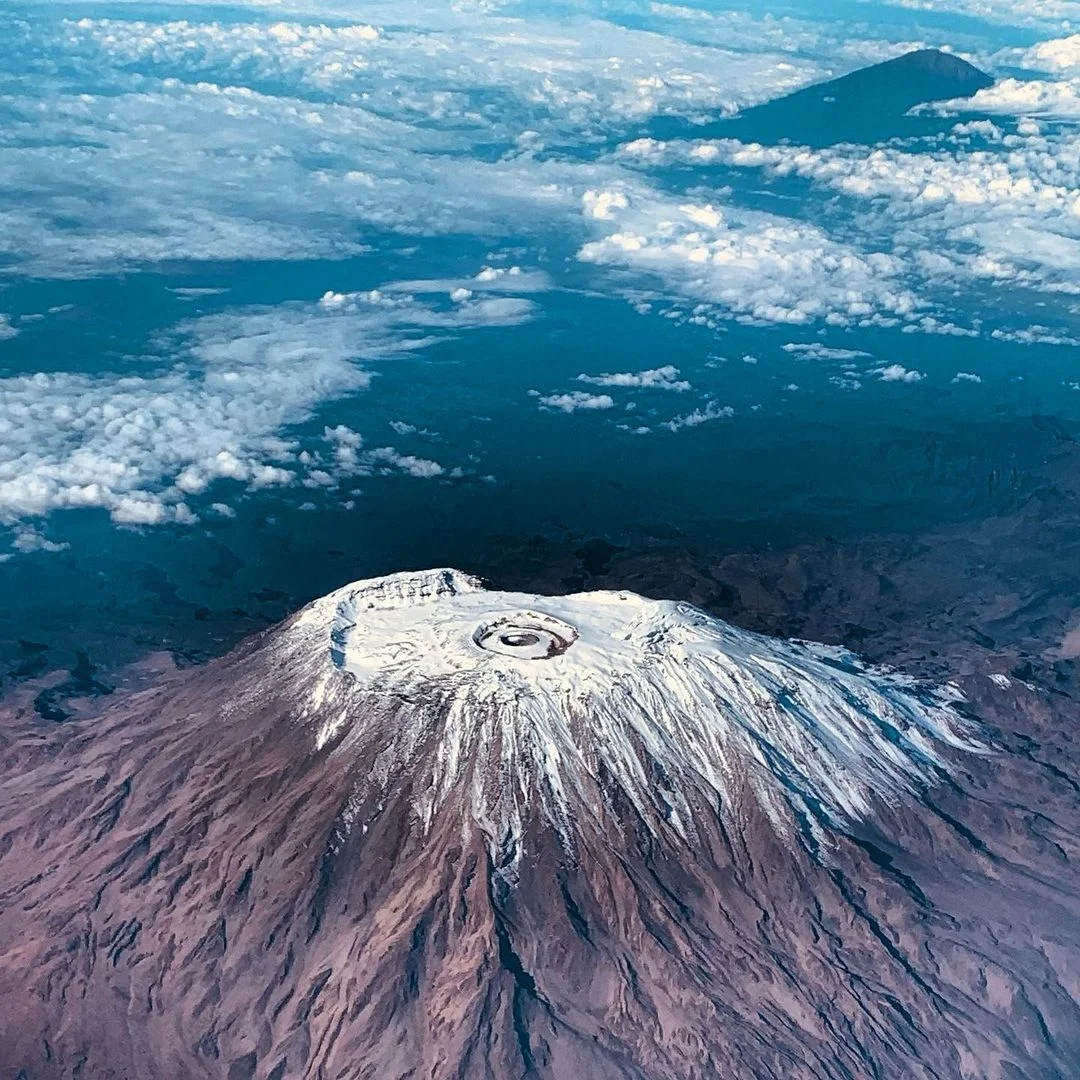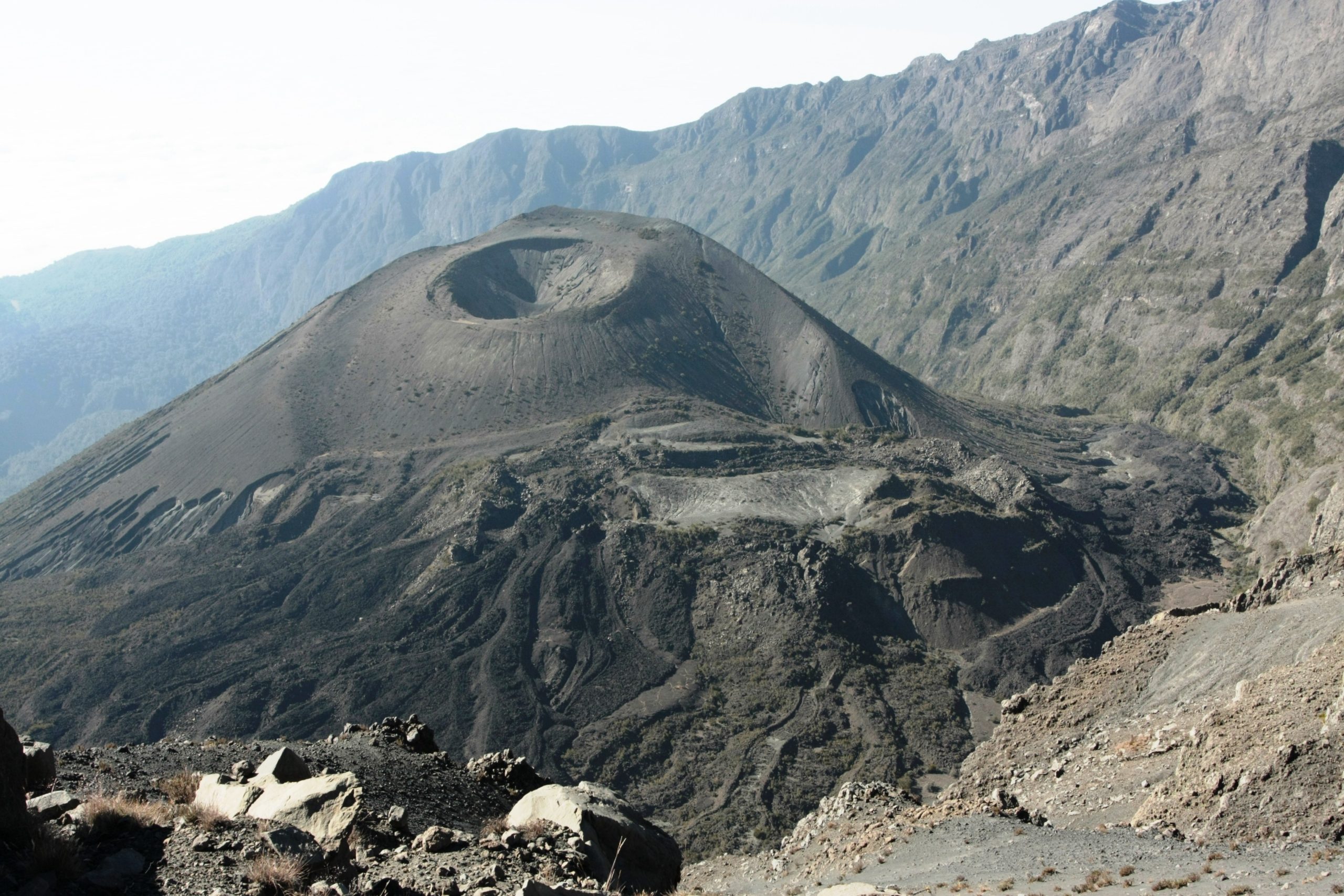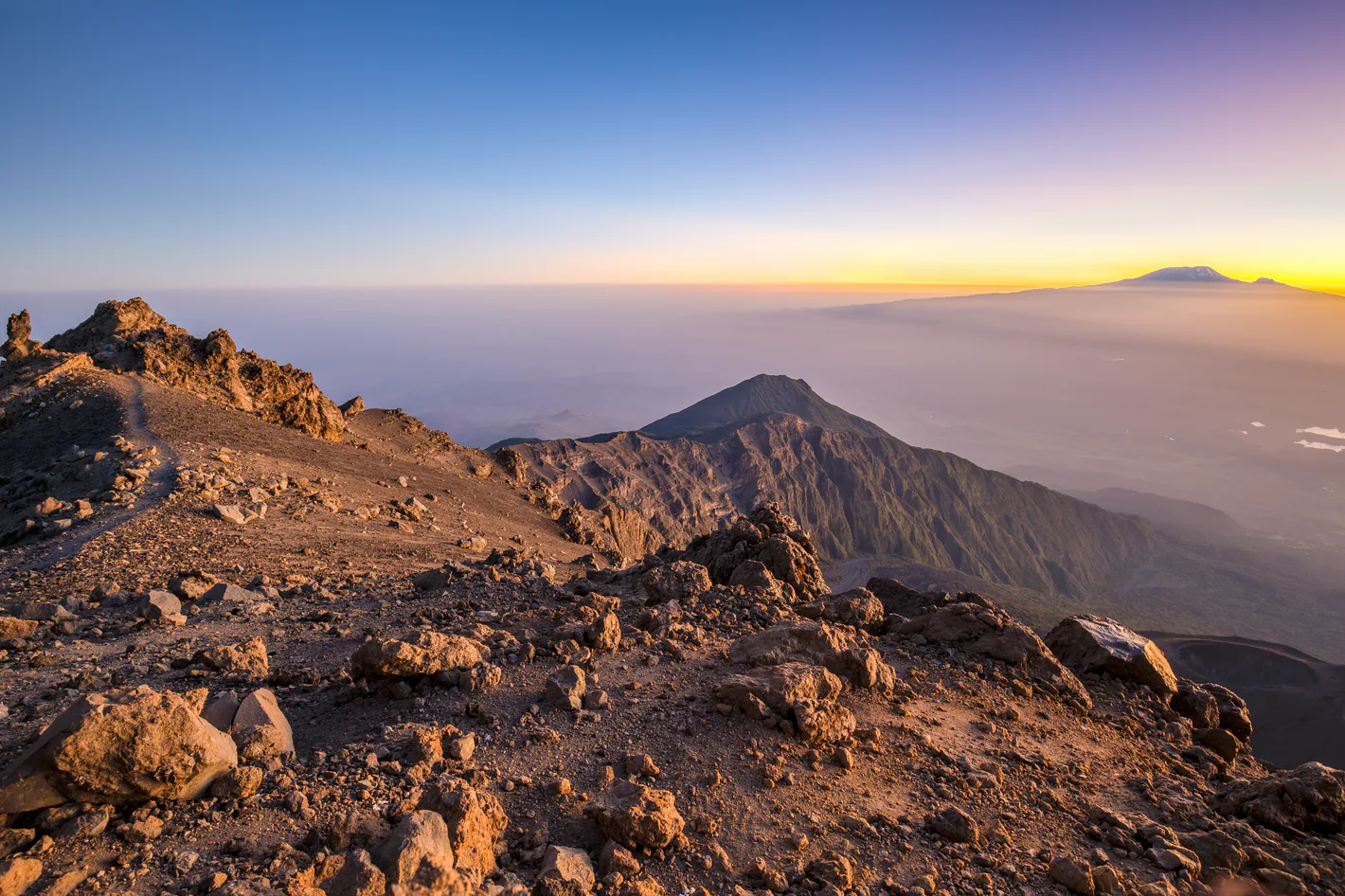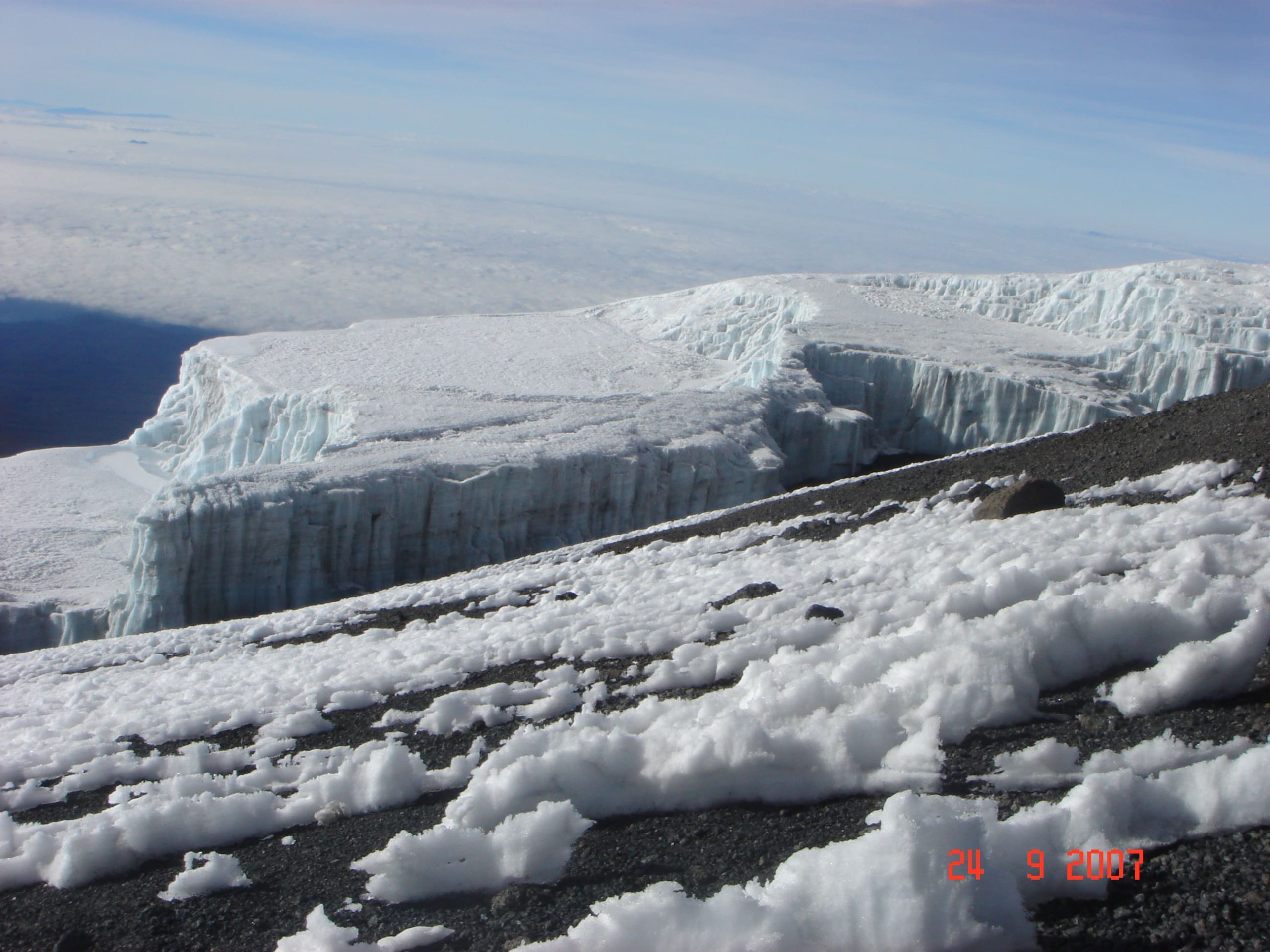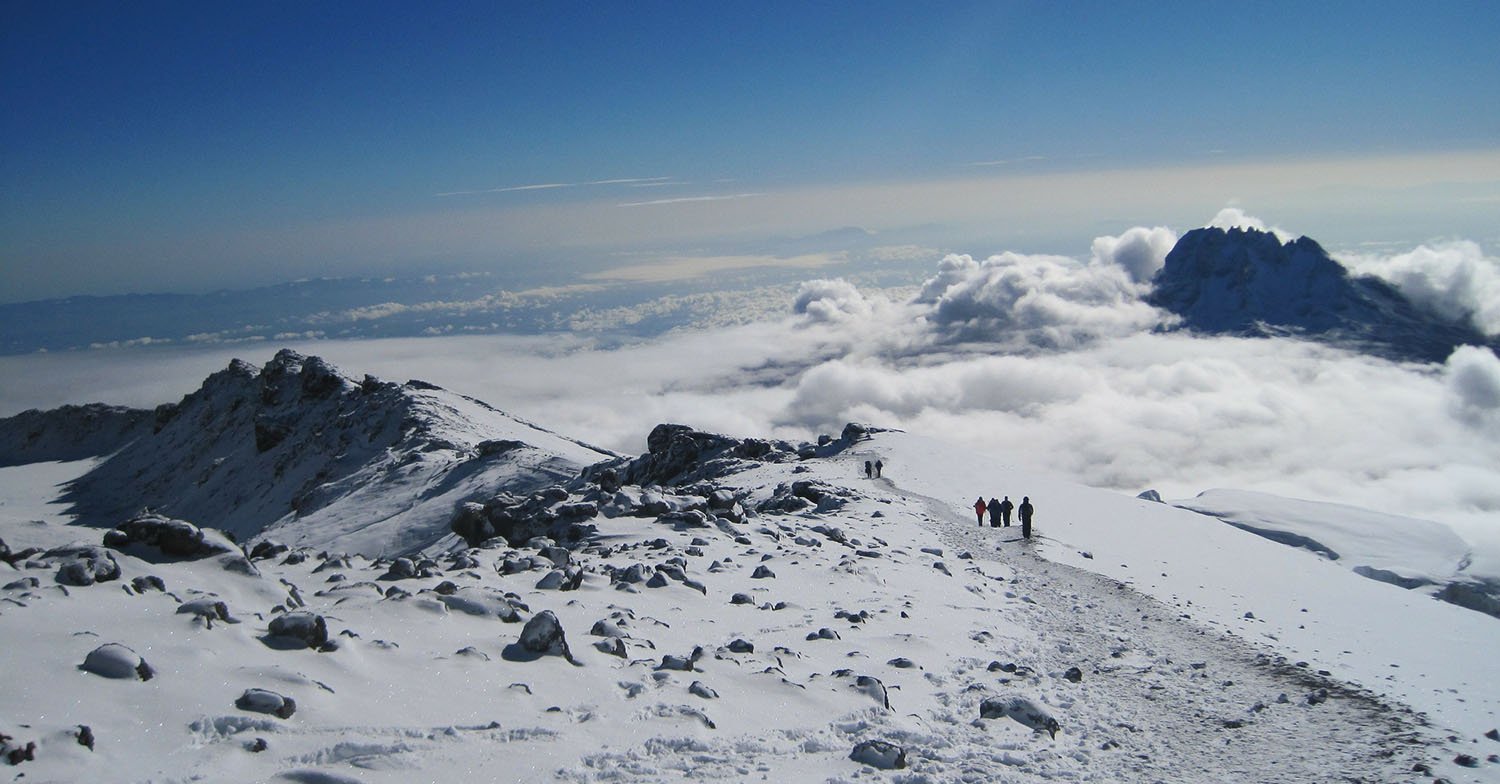Tanzania.
Mount Kilimanjaro
Mount Kilimanjaro

Mount Kilimanjaro, situated in northeastern Tanzania near the Kenyan border, is Africa’s highest peak and the world’s tallest freestanding mountain. Towering at 5,895 meters (19,341 feet) above sea level, Kilimanjaro is a renowned symbol of natural beauty and adventure. Its dramatic silhouette, with a snow-capped summit, stands out against the surrounding landscape and draws climbers and nature enthusiasts from around the globe.
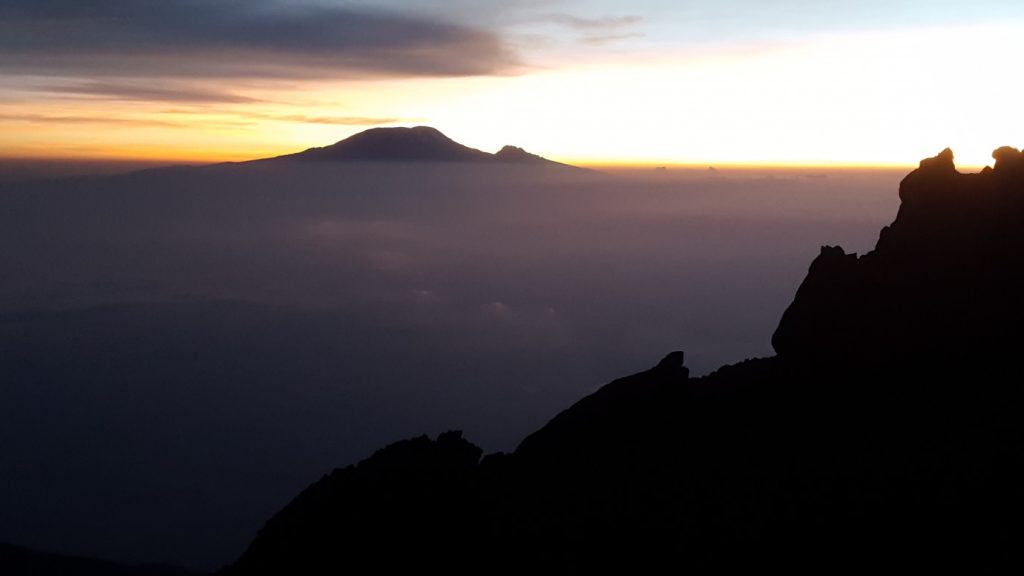
Overview of Mount Kilimanjaro

Mount Kilimanjaro stands as a majestic symbol of nature’s grandeur and challenge. Its towering peak, diverse ecological zones, and iconic snow cap offer a unique and awe-inspiring experience for climbers and nature lovers alike. The mountain’s allure lies not only in its physical height but also in its profound impact on those who venture to its summit.
Three Volcanic Cones:
- Kibo: The highest of the three cones, Kibo is the site of Kilimanjaro’s summit, Uhuru Peak. This dormant cone last erupted approximately 360,000 years ago.
- Mawenzi: The second-highest cone, Mawenzi, is characterized by its rugged, jagged peaks and steep slopes. It is often considered the most challenging of the three cones.
- Shira: The oldest cone, Shira, features a flattened summit and is partially eroded. It is the lowest of the three cones but is an important part of Kilimanjaro’s volcanic history.
Snow-Capped Summit:
Uhuru Peak: The highest point on Kilimanjaro, Uhuru Peak offers breathtaking panoramic views of the surrounding plains and the distant Kenyan border. The summit is often covered in snow and ice, although these are receding due to global warming.
Diverse Ecological Zones:
- Rainforest: The lower slopes are covered with lush rainforest, home to diverse flora and fauna. The dense vegetation provides a habitat for animals like blue monkeys and various bird species.
- Heath and Moorland: As climbers ascend, the forest gives way to heath and moorland zones, characterized by hardy plants such as giant lobelias and senecios, adapted to cooler temperatures.
- Alpine Desert: Higher up, the landscape transitions to an alpine desert with sparse vegetation. This zone is marked by rocky terrain and extreme weather conditions.
- Arctic Summit: At the summit, the environment is arctic, with snow and glaciers. The iconic ice fields, including the Furtwangler Glacier, are rapidly diminishing due to climate change.
UNESCO World Heritage Site:
Kilimanjaro was designated a UNESCO World Heritage Site in 1987 due to its outstanding universal value. The designation recognizes the mountain’s unique ecological systems and its significance as a symbol of natural beauty and climatic change.
Popular Climbing Routes:
- Marangu Route: Known as the “Coca-Cola” route, Marangu is one of the most popular and easiest routes, featuring huts for accommodation.
- Machame Route: Known as the “Whiskey” route, Machame is more challenging and scenic, offering a diverse range of landscapes.
- Lemosho Route: This route is less crowded and provides stunning views and a higher chance of acclimatization.
- Rongai Route: Approaching from the north, the Rongai route is a quieter option with a gradual ascent.
Mountaineering Challenges:
While Kilimanjaro’s climb does not require technical climbing skills, the high altitude presents significant challenges. Climbers must acclimatize to avoid altitude sickness, which can affect anyone regardless of fitness level. The trek typically takes between 5 to 9 days, depending on the route chosen.
Tourism and Conservation:
Kilimanjaro National Park manages the mountain, focusing on conservation and sustainable tourism. Efforts are made to protect the fragile ecosystems and mitigate the environmental impact of climbers. Park rangers and guides play a crucial role in maintaining safety and preserving the mountain’s natural beauty.
Facts about Kilimanjaro
- Highest peak in Africa
- Tallest freestanding mountain in the world
- Elevation of 5,895 meters (19,341 feet)
- Comprises three volcanic cones: Kibo, Mawenzi, and Shira
- Diverse ecological zones: rainforest, heath, moorland, alpine desert, and arctic summit
- Uhuru Peak is the highest point on Kilimanjaro
- Popular climbing routes: Marangu, Machame, Lemosho, Rongai
- UNESCO World Heritage Site
- No technical climbing skills required, but high altitude poses challenges
- Managed by Kilimanjaro National Park with conservation and sustainable tourism efforts
Most common Encounters
- Snow-capped summit
- Volcanic cones (Kibo, Mawenzi, Shira)
- Diverse ecosystems (rainforest, heath, moorland, alpine desert)
- Giant senecios and lobelias
- Glaciers and ice fields (e.g., Furtwangler Glacier)
- Climbing routes (Marangu, Machame, Lemosho, Rongai)
- Unique flora and fauna (e.g., Kilimanjaro tree frog)
- Altitude sickness risk
- Tourist lodges and campsites
- Scenic viewpoints and panoramic vistas
